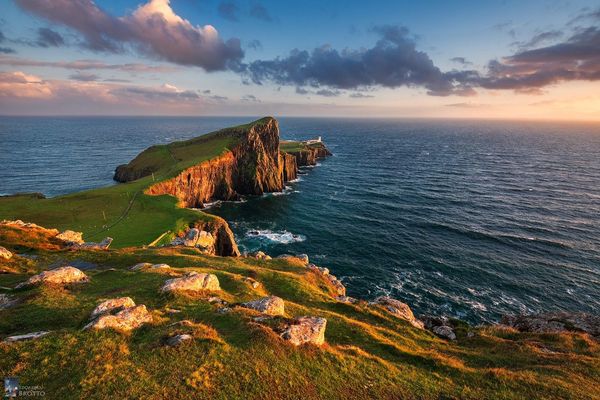
Playing with elevation in Android 🥧 (part 1)
With Android Pie we gained the ability to tint our shadows. This mini-series looks into how this works and how to make the most of it.
/dev/random
With Android Pie we gained the ability to tint our shadows. This mini-series looks into how this works and how to make the most of it.

tl;dr Kotlin properties are awesome and super powerful, but each form comes with a bunch of gotchas. Make sure you fully understand them…

Developers love properties in Kotlin, but a property is not always the right choice. Getting carried away can be risky, so when should we avoid properties?

Many people love by lazy, but it's easy to underestimate and misuse it. When should you use lateinit, and when is by lazy a better choice, as an Android developer?

In this series we're going to be looking at a few common patterns I have seen Android developers use in Kotlin, and see what's the good and bad in each, and when to use them.

Instead of writing debug logging code, you can take advantage of the IDE tools. No more log statements forgot here and there!

Use git hooks to prevent code formatting and static analysis from making your CI unhappy.

Material Design dictates sheets must have a shadow, and most devs think that it cannot be customised beyond the elevation value. But they're not exactly right…

Not all attributes are created equal. Some are more equal than others, so where should you put your layout_* attributes?